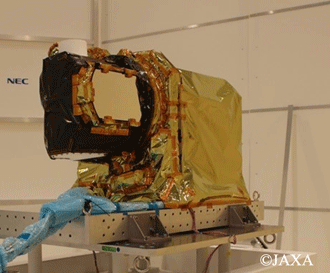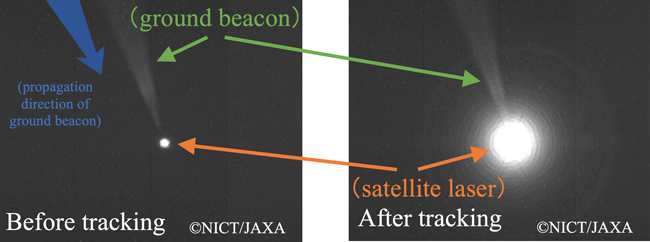Successful Laser Acquisition and Tracking between Optical Data Relay Satellite and Optical Ground Station
March 18, 2021
(Japanese version released on February 17, 2021)
National Institute of Information and Communications Technology(NICT)
Japan Aerospace Exploration Agency (JAXA)
http://www.satnavi.jaxa.jp/project/lucas/



Media Contact
Japan Aerospace Exploration Agency (JAXA)
Press Office
Public Relations Department
National Institute of Information and Communications Technology (NICT)
E-mail:





















